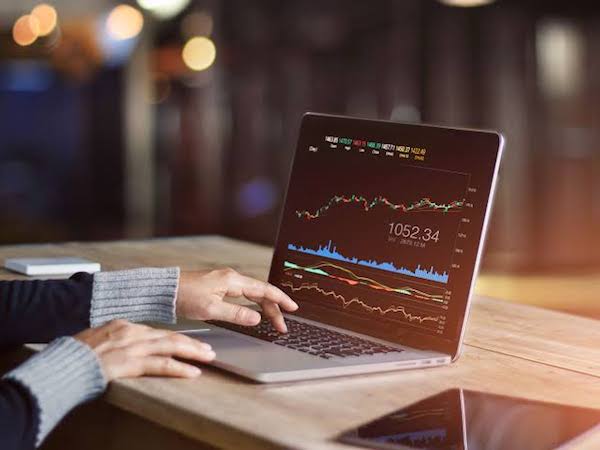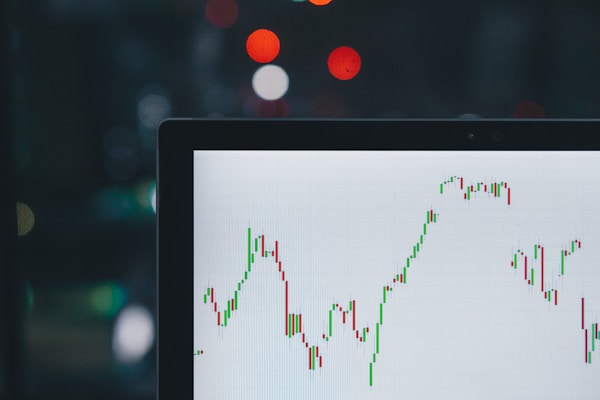
An ETF screener is a powerful tool to help you find the right exchange-traded fund for your investment goals. But with so many options available, it can be tough to know where to start. That’s why we’ve put together this guide on how to use an ETF screener.
Keep reading to learn how to find the best ETFs for your portfolio.
What is an ETF screener?

An ETF screener is a tool that allows investors to search for specific ETFs. This can help find the right ETF for a specific investment goal or strategy. There are many different types of ETF screener tools available, and each one may have its own unique set of criteria. Some common factors that may be included in an ETF screener are asset class, region, sector, type, and expense ratio. Asset class contains options such as stocks, bonds, commodities, or currencies.
The region includes options such as domestic or international stocks or specific geographic areas. Sectors include options such as technology, health care, or energy stocks. Type includes options such as equity ETFs, fixed-income ETFs, or commodity ETFs. The expense ratio is the annual fee that an ETF charges to its shareholders. The criteria an investor chooses to use in an ETF screener will depend on their personal investment goals and preferences.
How do you start using ETFs?

The best way to start using ETFs will vary depending on your individual investment goals and risk tolerance. However, there are some tips on how to get started with ETFs. First, decide what you want to use ETFs for. ETFs can be used for various purposes, from building a diversified portfolio to hedging against market volatility. Decide what you want to use ETFs for, and then research the best ETFs for your needs.
Second, consider your risk tolerance. ETFs can be more volatile than individual stocks, so it’s essential to consider your risk tolerance before investing. Choose ETFs that align with your risk tolerance and investment goals. Third, create a plan. Once you’ve decided on which ETFs to invest in, create a plan for how you’ll allocate your funds. This will help you stay on track and reach your investment goals.
Next, ETFs can be volatile, so it’s essential to monitor your portfolio regularly to ensure that your investments are still aligned with your goals. Lastly, as your investments grow or shrink, you may need to rebalance your portfolio to maintain your desired risk level. Rebalancing can help ensure that your portfolio is still on track to reach your investment goals.
Who uses ETF screeners?
ETF screeners are used by a wide range of investors for a variety of reasons. Some of the most common users of ETFs include individual investors, institutional investors, financial advisors, pension funds, and hedge funds. Individual investors make up most ETF investors and use ETFs for various reasons, including diversification and risk management. Diversification and risk management are two key concepts in modern finance. Diversification is the process of spreading your investment dollars across several different asset classes to reduce risk.
Risk management is identifying, measuring, and managing the risks associated with an investment. This could include analyzing the potential for losses, measuring the volatility of an investment, and looking at the correlation between different investments. Institutional investors and pension funds use ETFs to gain exposure to specific markets or sectors, hedge their portfolios, or generate alpha.
Financial advisors use ETFs as a way to provide their clients with exposure to a variety of asset classes and investment strategies.
Hedge funds use ETFs to get exposure to specific markets or sectors or as a hedging tool.
via https://www.AiUpNow.com
September 23, 2022 at 12:11AM by admin, Khareem Sudlow
